Delhi's Delights: Embracing the Essence of the Capital
Nestled by the Yamuna River, Delhi effortlessly blends the historical charm and contemporary energy at India's core. As you wander through its bustling streets you're in for a waltz between the old and the new. This city has a history that spans centuries, and you can see the remnants of these bygone eras everywhere you look. Whether it's the Mughal structures, the remnants of British colonial times, or just the electric energy of its urban life, Delhi is a capital that's always evolving. But look beyond the highlights and you will discover what really makes its heart beat.
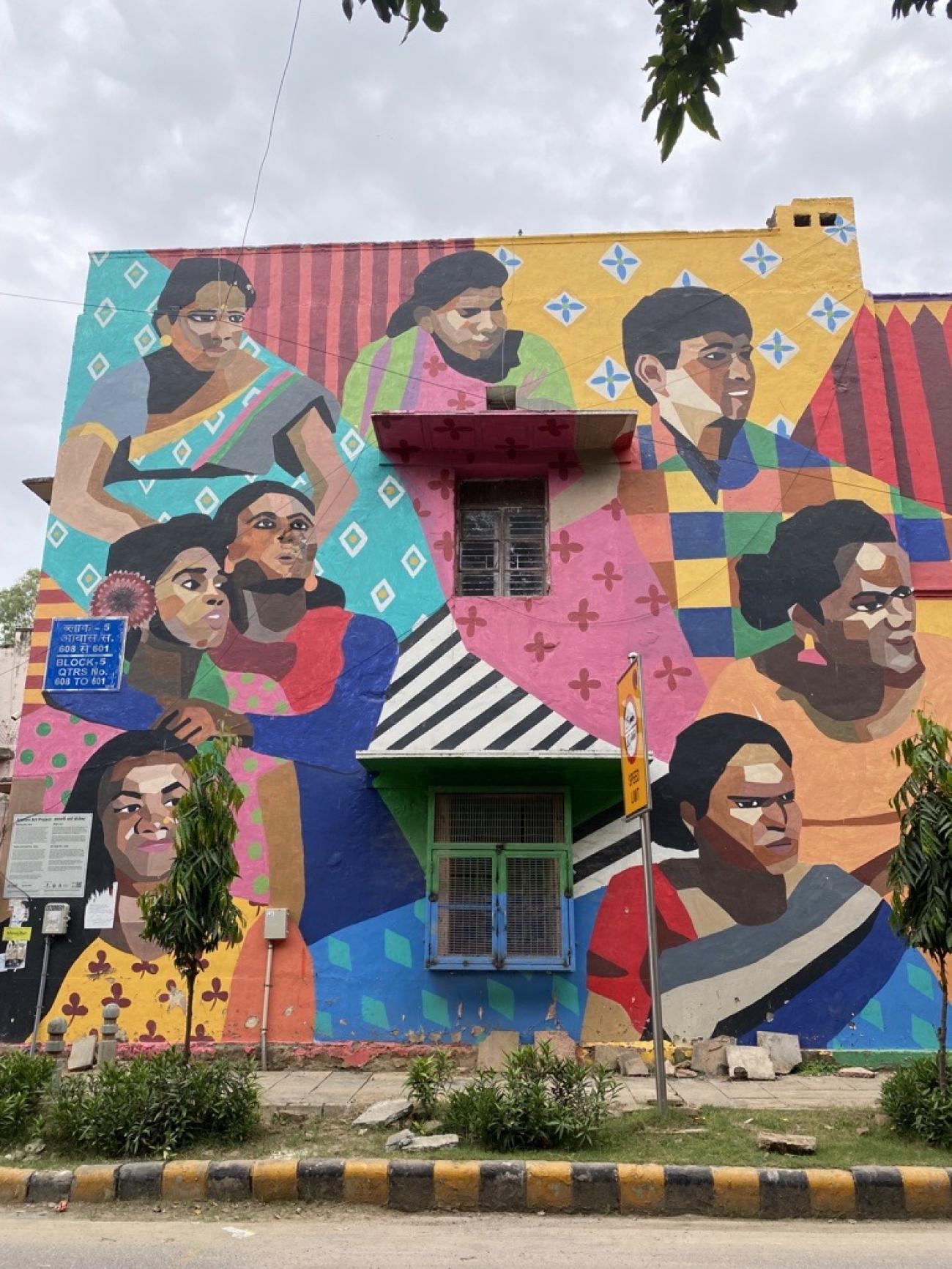
When you think of Delhi, street art probably isn't the first thing that would spring to mind (or at all). Lodhi Colony is one of the quietest neighbourhoods in Delhi and as one of the final housing estates constructed by the British, it contributes significantly to Delhi's history. Since 2015, The St+Art India Foundation, a non-profit organisation, has been dedicated to weaving the magic of street art into the fabric of more Indian cities, transforming Lodhi into an 'Art District'.
Their mission? To turn streets into interactive canvases through urban art and to make art accessible to everyone. Every year, new pieces have been added. Today, Lodhi has over 50 murals and has had more than 25 international artists work in the area, each exploring diverse themes ranging from social and environmental issues, and the experiences of marginalised communities such as LGBTQ, to reflections on Indian culture and values.
Many of these murals also draw inspiration from the stories and perspectives of both Lodhi Colony residents and visitors. You can take this tour at a leisurely pace if you have time on your side, as there is no real beginning or end, or you can tackle it Delhi-style in an autorickshaw. My favourite mural was the 'Trans Lives Matter by Aravani Art Project' which featured portraits of trans women. The mural is rooted in principles of inclusion and unity. Fifteen trans-women, alongside numerous volunteers, collaborated to bring the mural to life, turning it into a collective celebration of identity and representation.
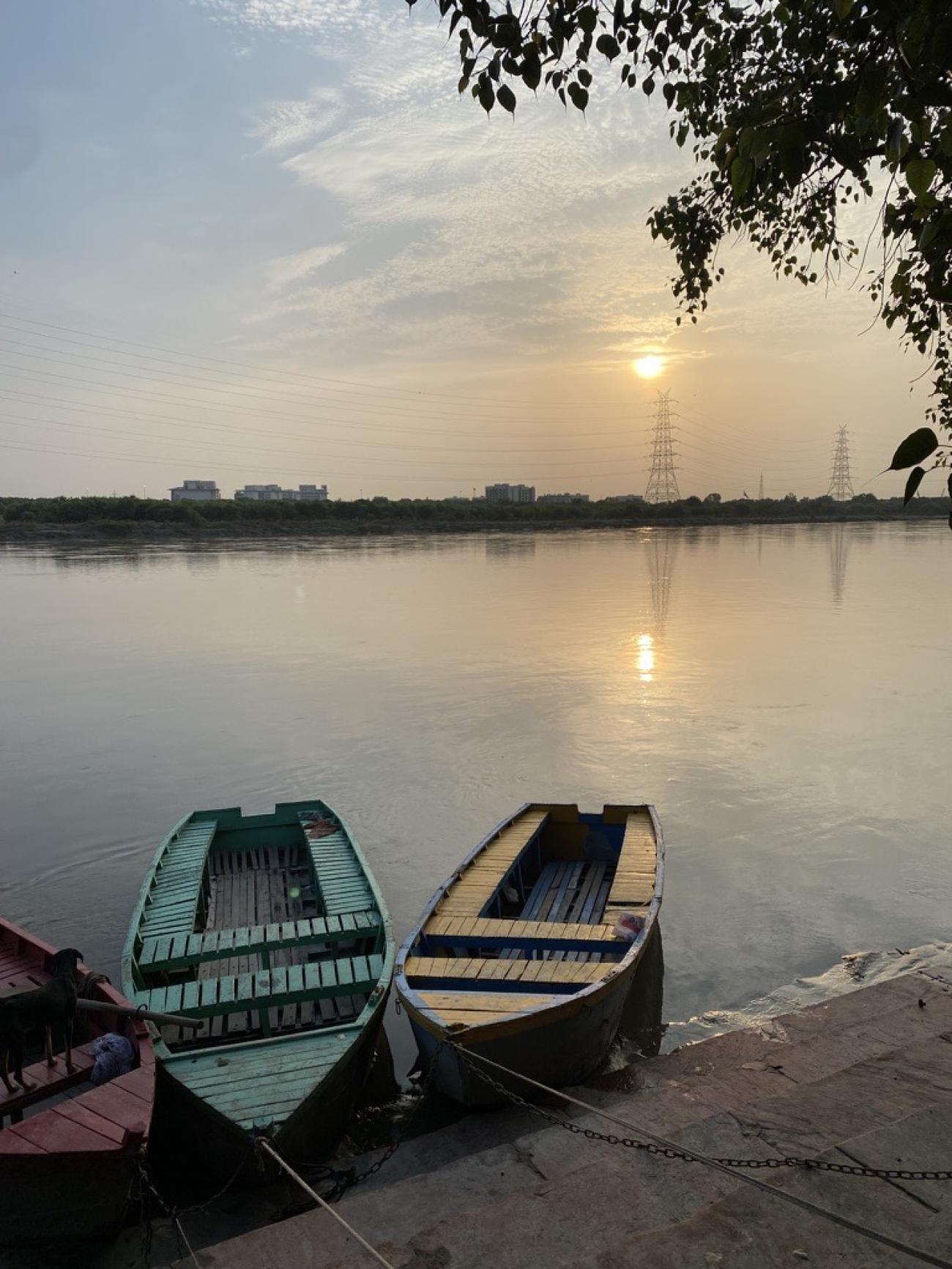
Leaving Lodhi behind and wandering through the narrow lanes and vibrant markets of Old Delhi, it felt like stepping into a time machine. The famous Red Fort stood tall, proudly showcasing the grandeur of the Mughal era, and just around the corner, the Jama Masjid, one of India's biggest mosques, resonated with the echoes of centuries-old prayers. Delhi's history is rich, so no wonder the city is an intricate tapestry of its past, but the coolest relics aren't the ancient ruins – they're the diverse identities of the people who proudly call Delhi home.
As I walked through the city in the very early hours of dawn, the thing that stood out the most was how eerily quiet it was. As I turned the corner, I was greeted at the serene banks of the Yamuna River by an aarti ceremony in full swing. The hypnotising Hindu chant set the tone for a beautiful and meditative start to my tour.
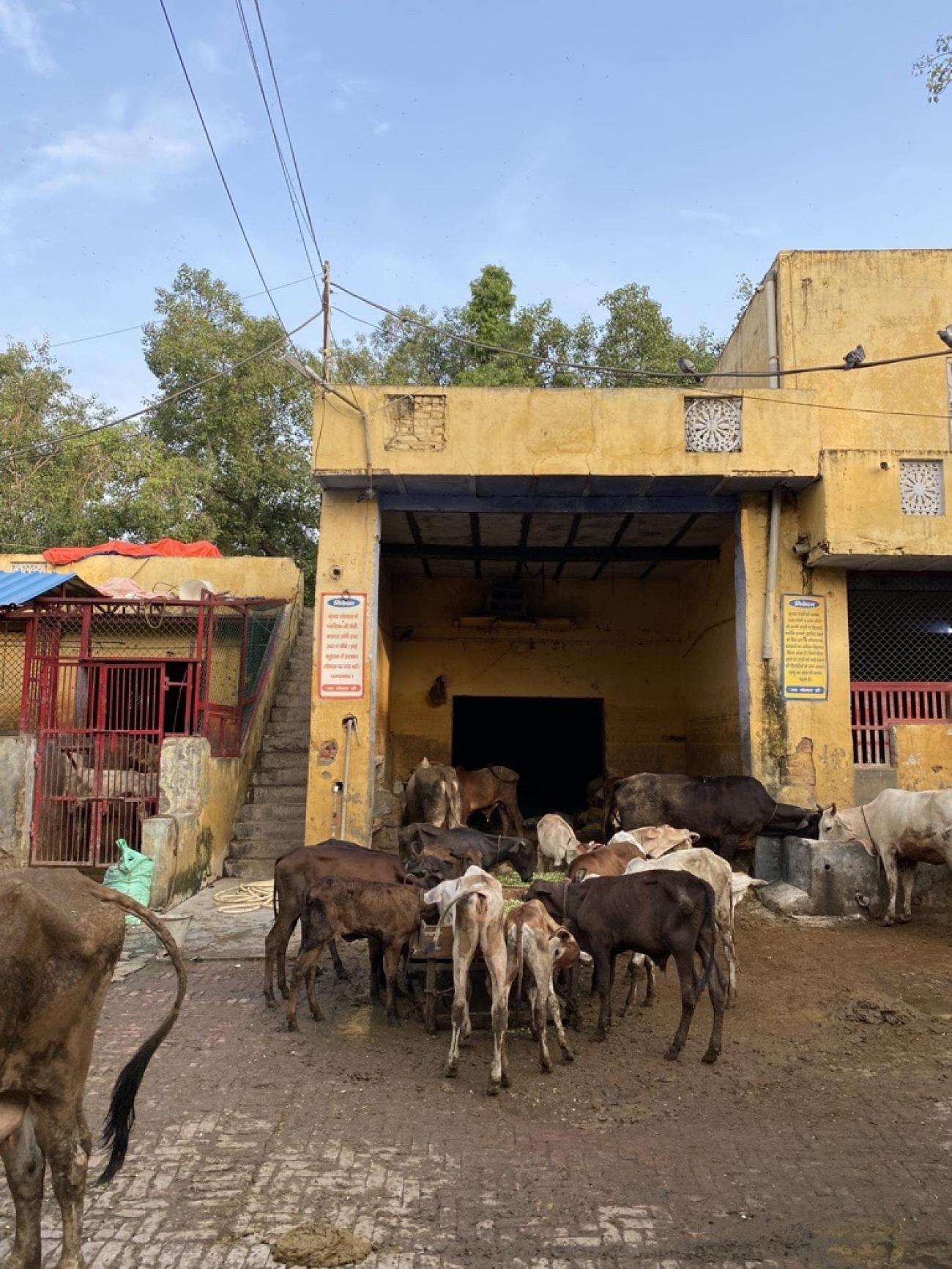
Moving on to a lesser-known aspect of Delhi's culture, we visited a nearby gaushala or cow shed. Here, amidst the hay and contented mooing, I chatted with my guide about India's deep-rooted love for its holy beast and how it plays out in modern times. Surprisingly, there's a historical twist to the story which is tied to British rule, when cows were actually imported to provide milk for the soldiers.
My next stop took me to one of India's oldest wrestling schools (akhara) where I got the chance to take a brief tour around the building and learn about this fascinating sport. A legacy often passed down through generations, I was fortunate to witness some of the wrestlers in action, and perhaps even more grateful that I was only there as a spectator.
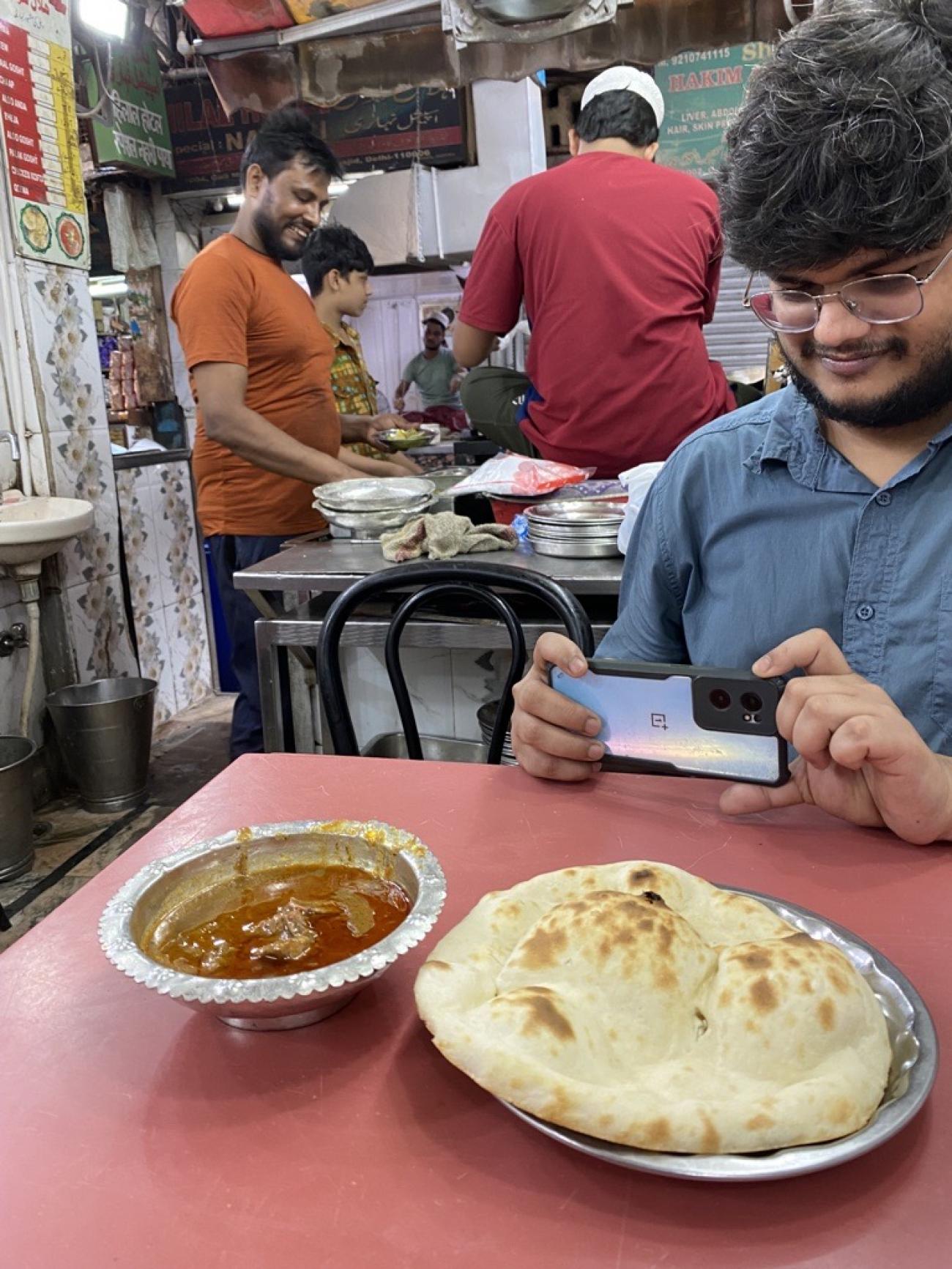
Making our way through Old Delhi's markets, we stopped off for a taste of Delhi's OG breakfast: Nahari (or Aloo Puri if you're veggie). The Mughal emperors in Old Delhi were onto something with this one – Nahari, which translates to "morning", used to be the royal post-prayer feast. The dish typically consists of spiced, slow-cooked meat, often beef or lamb shank, simmered for an extended period to achieve a rich and aromatic gravy. It's not what I'm used to eating at 7 am, but I must admit that alongside a freshly made Khameeri Roti, beats my boring bowl of Muesli any day.
On our final stop, we made our way through the dark, narrow lanes of the bustling market of Chandni Chowk, entering the quiet and peaceful space of a small, hidden library. Tucked neatly away, you would never stumble upon it if you didn't know it was there. Very small and very unique, the Shah Waliullah public library is home to about 20,000 books, including rare works in Urdu, Persian and Arabic.
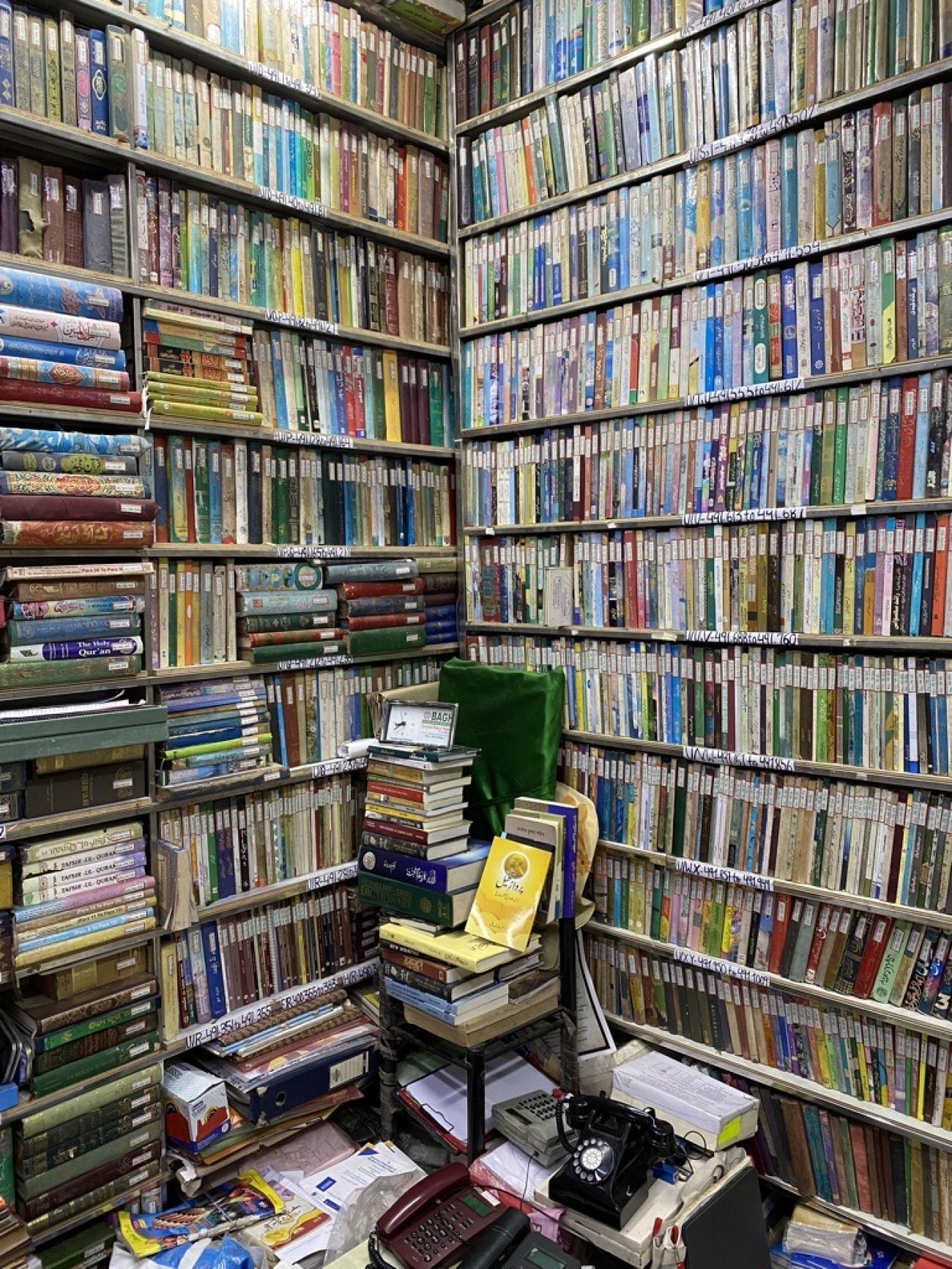
Shah Waliullah Library is an impressive example of community effort. People dedicate their free time, sometimes every night; to sorting, cataloguing and restacking books. Despite the size, the library feels very open and welcoming - it's a place where men and women are equal, and where there are no rules regarding noise. Conversation is encouraged, it’s a place to discuss and share ideas. It plays host to poetry readings and lively discussions on art, culture and politics.
I was warmly welcomed to sit on the floor next to Mohammed on one side, while a bunch of wooden dip pens and some black ink alongside a small box containing other tools were laid out on the other. He placed a wooden board on my lap and pencilled my name out in Urdu on some white A4 paper.
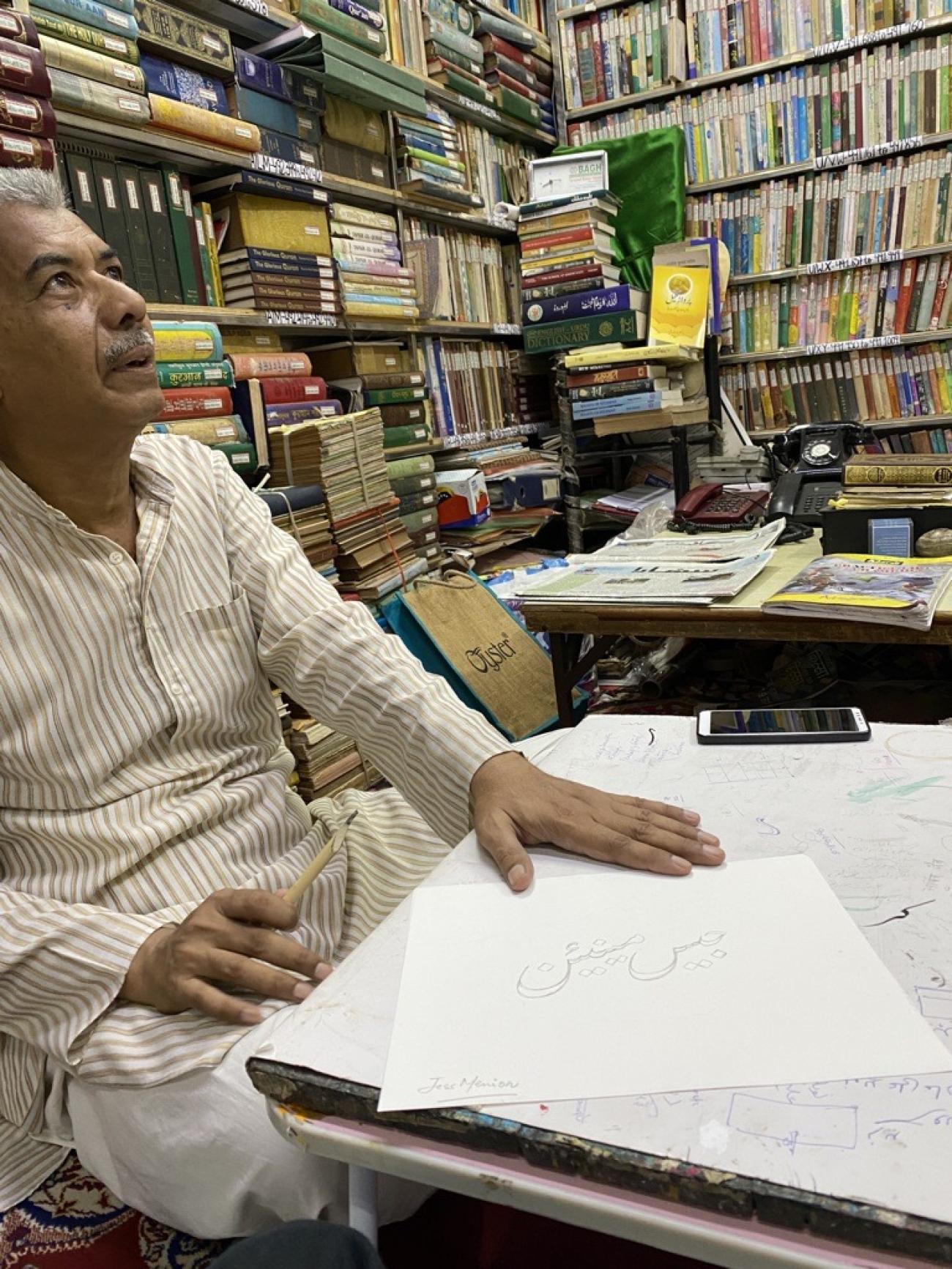
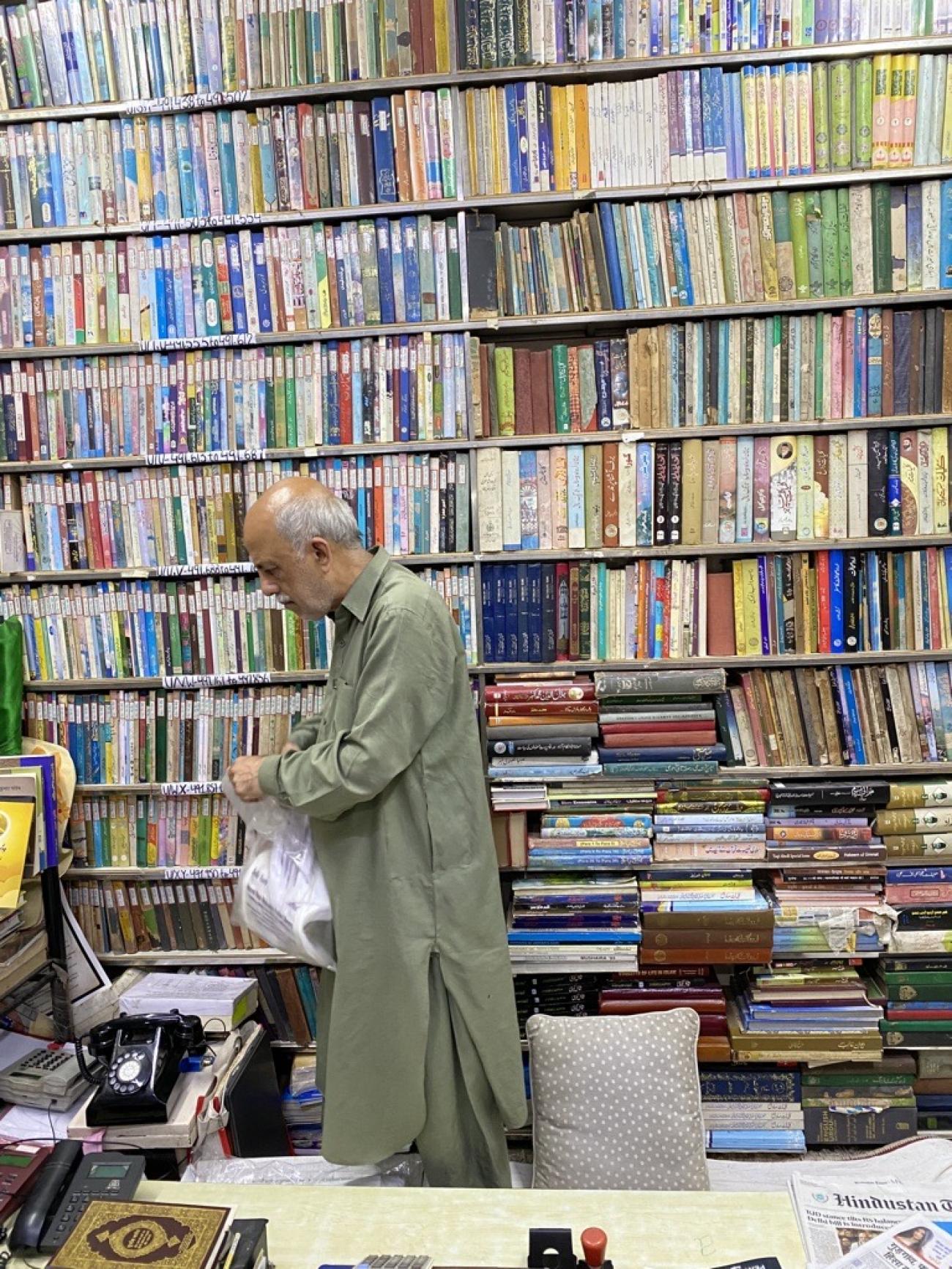
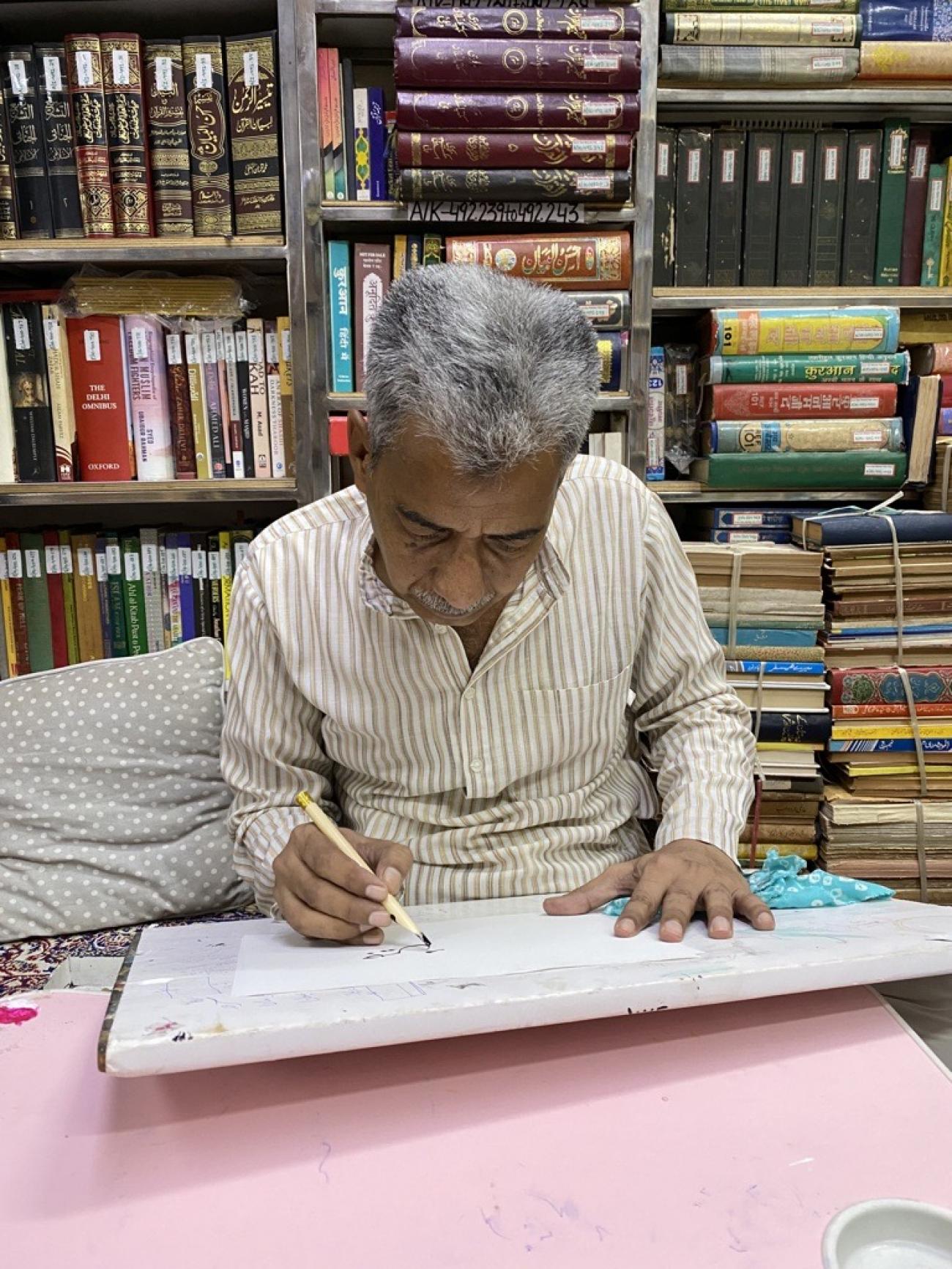
'Kitabat' or calligraphy, is a centuries-old art form in the Indian subcontinent, which peaked during the Mughal era. Mohammed showed me how to use the thin wooden calligraphy pen and I watched, mesmerised as it obeyed his every stroke. Then he passed me the pen. To his surprise, as much as my own, I was quite good. Little did he know that my mum gave me a calligraphy set for Christmas when I was 14 and, like riding a bike, apparently it’s not something you forget how to do.
Delhi is a city that never sleeps, but only because it’s bursting at the seams with stories that beg to be told. Whether you're a history buff, a food enthusiast, or a culture lover, Delhi will warmly invite you to start your own story within its city limits, with a chapter dedicated to every street you wander, every treasure you unearth and every person you’re lucky enough to meet. All you have to do is listen.
